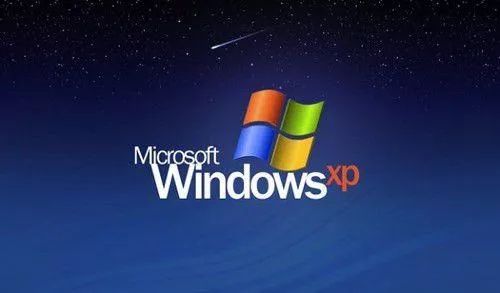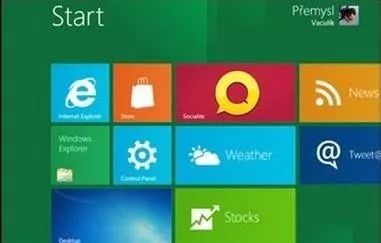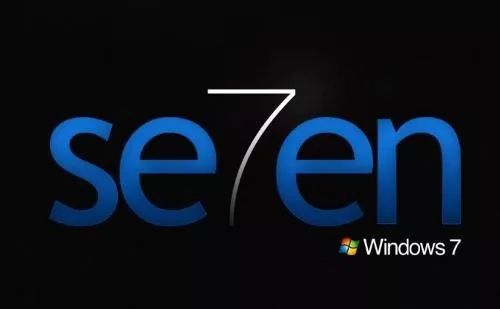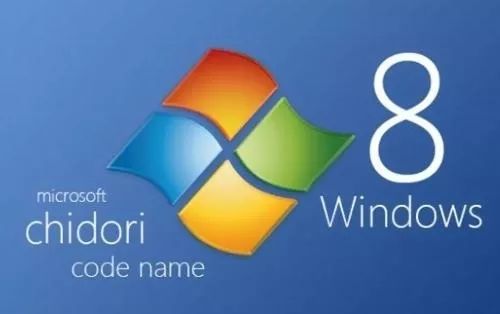

Having chosen software as a major,
and understanding what software engineering is,
we must talk about computer systems.
Today,
I will give everyone a brief introduction to computer systems.
The computer system refers to the computer operating system: it is a system software in the computer system, a collection of program modules that manage and control the hardware and software resources of the computer system, organizing the workflow of the computer efficiently to provide users with a powerful, user-friendly, and scalable working environment, thereby serving as an interface between the computer and its users.

There are many types of operating systems, ranging from simple to complex, installed on various devices, from embedded operating systems on phones to large-scale operating systems on supercomputers. Relevant operating systems include BSD, Mac OS X, Windows Phone, and z/OS, among others. Except for a few operating systems like Windows and z/OS, most operating systems are Unix-like.
Functions
The main functions of an operating system include resource management, program control, and human-computer interaction. The operating system is located between the underlying hardware and the user, serving as a bridge for communication between the two. Users can input commands through the user interface of the operating system.
From a modern perspective, a standard personal computer’s OS should provide the following functions:
Process management (Processing management)
Memory management (Memory management)
File system (File system)
Networking (Networking)
Security mechanisms (Security)
User interface (User interface)
Device drivers (Device drivers)

Development History
The first computer did not have an operating system.
In the early 1960s, commercial computer manufacturers created batch processing systems.
In 1964, IBM launched a series of large computers of different purposes and price ranges called IBM System/360.
In 1963, General Electric collaborated with Bell Labs to establish Multics using the PL/I language. Dennis Ritchie and Ken Thompson at AT&T’s Bell Labs established the Unix system, which was rewritten in C language in 1969 to practice platform portability; another widely adopted small computer operating system was VMS.
In 1980, Microsoft obtained a contract with IBM and acquired an operating system produced by a company, modifying it and releasing it under the name MS-DOS, which allowed programs to directly manipulate BIOS and the file system. Another emerging operating system in the 1980s was Mac OS, which was tightly bundled with Macintosh computers.
In the early 1990s, the collaboration between Microsoft and IBM broke down, leading to the release of Windows NT 3.1 on July 27, 1993, a graphical operating system based on OS/2.
Windows 95 was released on August 15, 1995.
In the early 1990s, the choice of personal computers was limited to the Windows family, Unix-like family, and Linux, which continues to this day. Mainframes and embedded systems use a diverse range of operating systems. Many mainframes have begun to support Java and Linux to share resources with other platforms. Embedded systems are diverse.
Modern operating systems typically feature a graphical user interface (GUI) for using graphical devices, along with input devices such as mice or touchpads that differ from keyboards.

Related Information
An operating system (English: Operating System, abbreviated OS) is a computer program that manages and controls computer hardware and software resources, and is the most basic system software that runs directly on “bare metal”. Any other software must run with the support of the operating system. The operating system serves as an interface between the user and the computer, and also between the computer hardware and other software.
There are many types of operating systems, ranging from simple to complex, installed on various devices, which can be classified into smart card operating systems, real-time operating systems, sensor node operating systems, embedded operating systems, personal computer operating systems, multiprocessor operating systems, network operating systems, and mainframe operating systems. By application area, they can be divided into three main types: desktop operating systems, server operating systems, and embedded operating systems.
Operating system theorists sometimes divide operating systems into four main parts: device drivers, kernels, interface libraries, and peripherals.


Editor: Yang Yulu
Editor-in-Chief: Yang Yulu
Reviewers: Bi Zuolin, Yang Huan